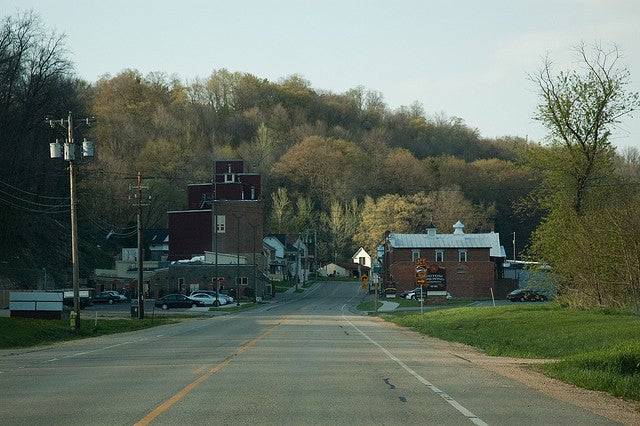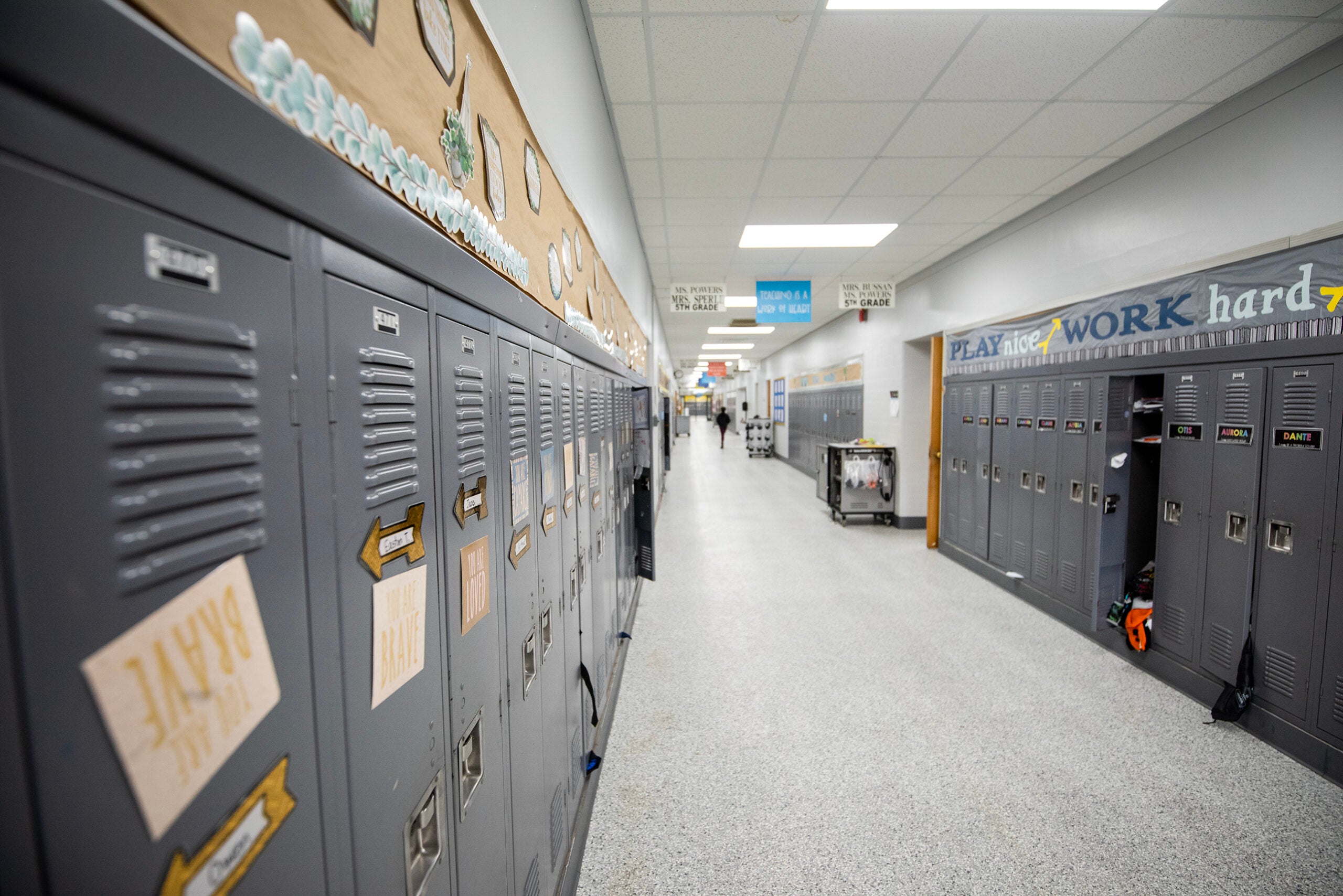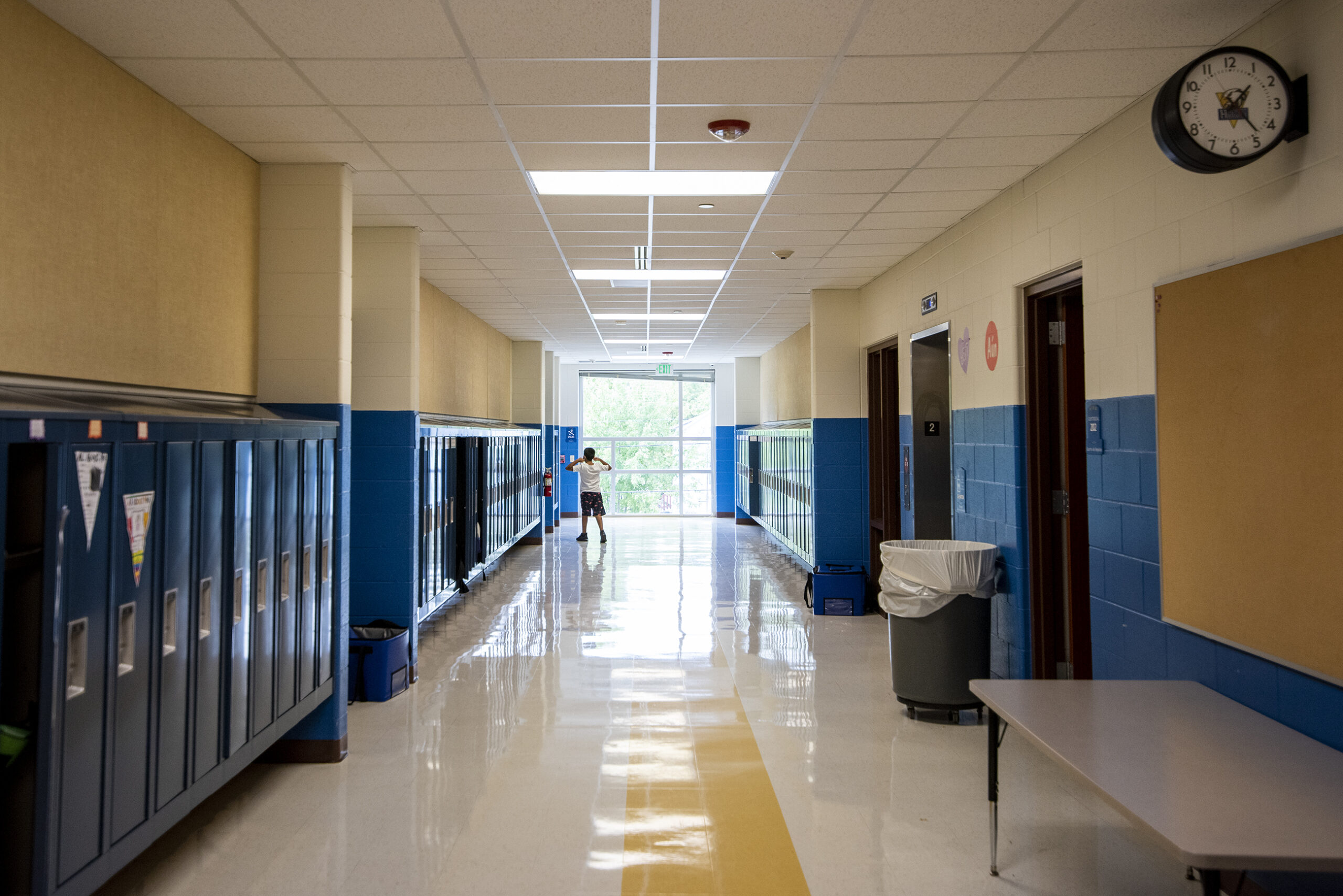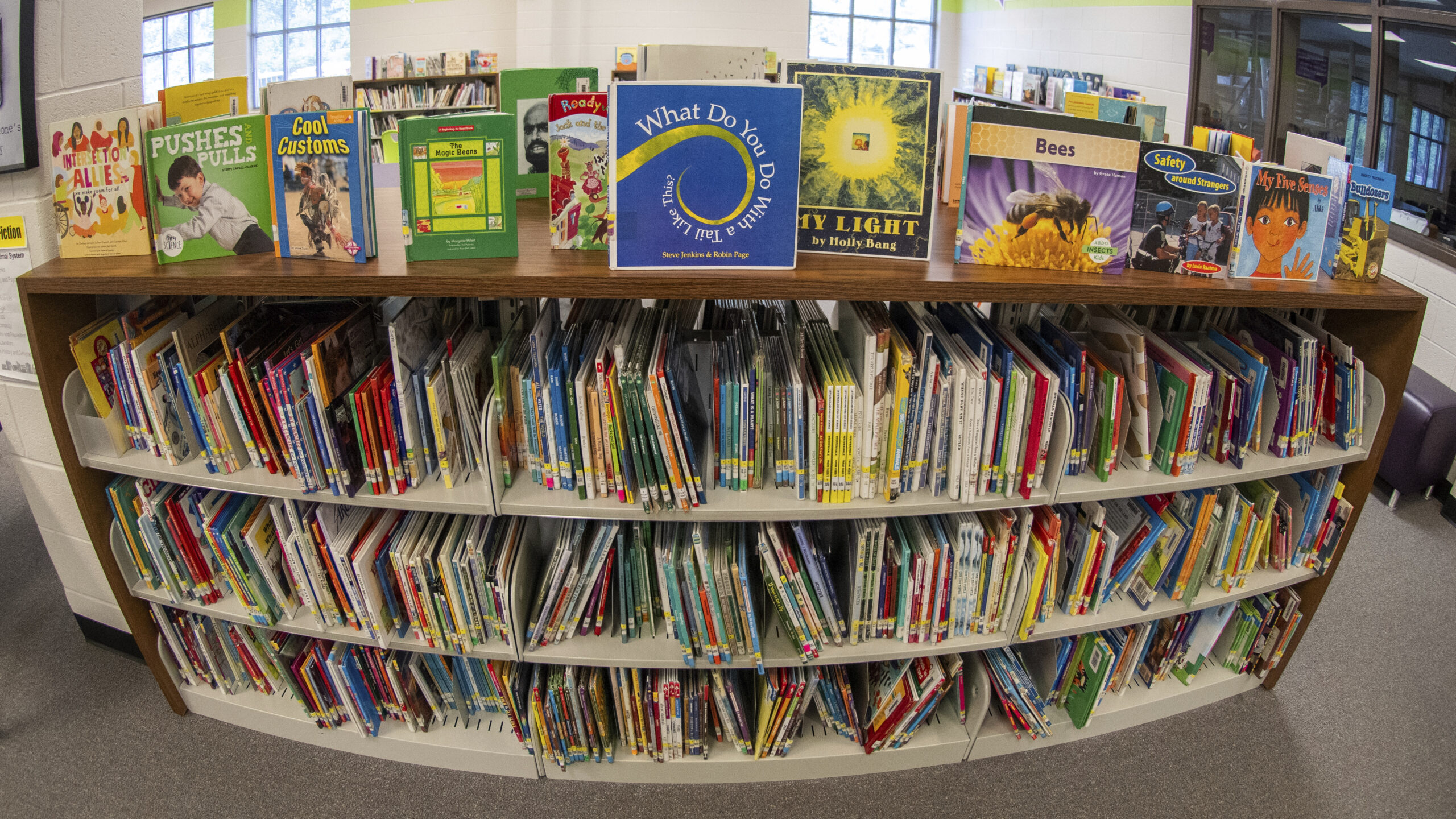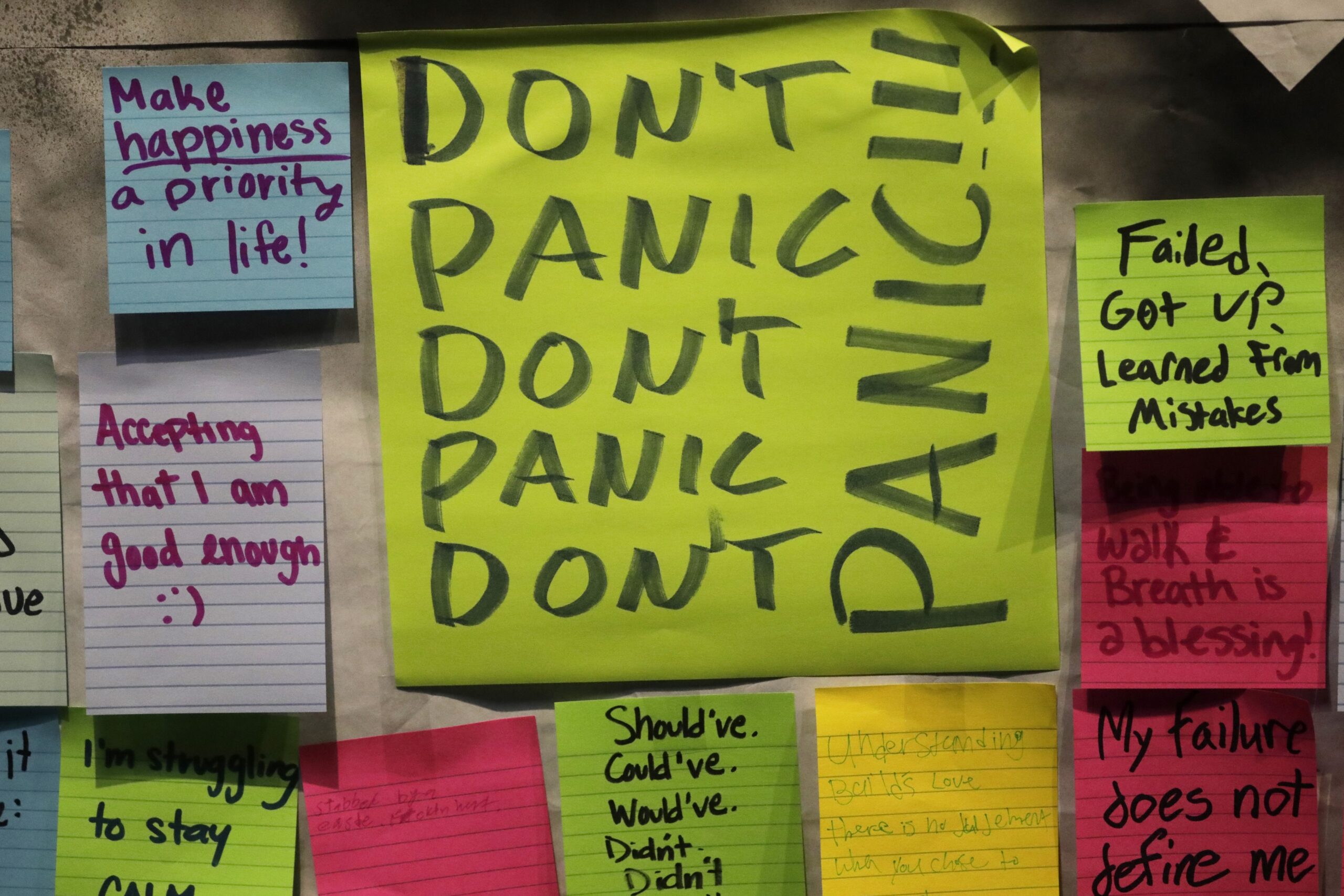For many of Wisconsin’s rural school districts, the issue of school funding is a pressing one.
There are 340 students enrolled in the school district of Potosi, a community in far southwestern Wisconsin near the Mississippi River. The village has a successful and growing brewery, but the school district’s superintendent, Ron Saari, said that there’s not much else business-wise.
“We really have no major industries,” he said. “We’re a bedroom community for the most part. A lot of the people who work travel and commute to Dubuque or else to Platteville, some possibly to Lancaster.”
News with a little more humanity
WPR’s “Wisconsin Today” newsletter keeps you connected to the state you love without feeling overwhelmed. No paywall. No agenda. No corporate filter.
Schools in small, rural towns across Wisconsin are struggling. Enrollment is declining, poverty is rising, and transportation costs are considerable.
Jerry Fiene, the executive director of the Wisconsin Rural Schools Alliance, says that limited school funding has exacerbated the situation.
“Really for the last 20 years since the revenue limits went into effect, rural schools have been faced with significant challenges in being able to maintain the programs and offerings that they’re providing for their students,” he said.
The current school funding formula places a lot of emphasis on enrollment and property values, meaning that when rural districts lose students, they also lose money. Fiene said that often the only good choice they have is to appeal directly to local taxpayers.
“Over the past 10 years, there have been nearly 1,000 referenda to exceed the revenue limit,” said Fiene. “And of those, 80 percent are rural school districts.”
Lawmakers so far have avoided the issue, largely because it would likely require politically unpopular measures like investing a lot more money or taking money from wealthier districts. Gov. Scott Walker said both sides are to blame for not addressing the problem.
“That’s an issue that for years people have talked about, Democrat and Republican alike, but (they) haven’t been able to take on the old school aid formula,” he said.
Walker’s campaign has largely focused on expanding state funding for private voucher schools. He hasn’t said how much money he’d be willing to provide for public education. However, Walker said that if he’s elected, his next budget would include more focused aid for rural schools, as recommended by a legislative task force that convened last year.
“We’re going to build off of that and incorporate it in our budget to try to give more attention not only for transportation costs, but for distance learning costs and other things that offset some of the challenges that rural schools have across the state,” Walker said.
His challenger, Democrat Mary Burke, said she wants to remake Wisconsin’s school funding formula to help rural schools if the budget allows. Like Walker, she’s also not saying how much money she would give public schools. She has said, however, that she would prioritize funding for K-12 public education.
“What I want to do, hopefully, that as we grow the economy and we get in better shape, that we’re able to put more money into K-12 education — which if you are going to do it, then that is the best time to change the funding formula, because you’re not taking from one district and putting it in another district,” Burke said.
Saari, the Postosi School District’s superintendent, said that the community’s 1950s-era school building is aging and needs attention. He said they’ve been surveying members of the community, asking them questions like, “Do you want our school to continue to exist?”
He said some people are worried.
“When a school shuts down in a town like Potosi, they say that the town kind of goes dead,” Saari said. “The school is seen as the heart of the community.”
Saari said his district is trying to provide the best education they can with the resources available, but he said that as state aid continues to decrease that is becoming more and more difficult.
Wisconsin Public Radio, © Copyright 2026, Board of Regents of the University of Wisconsin System and Wisconsin Educational Communications Board.
